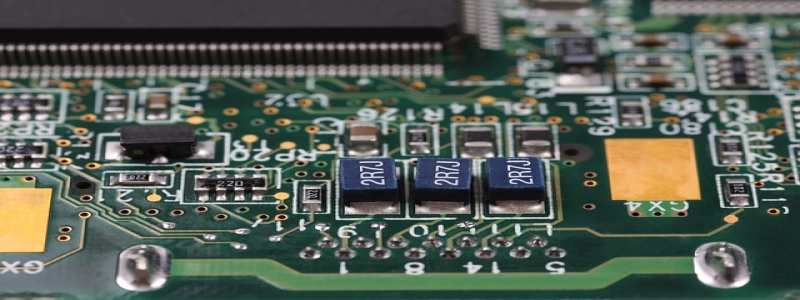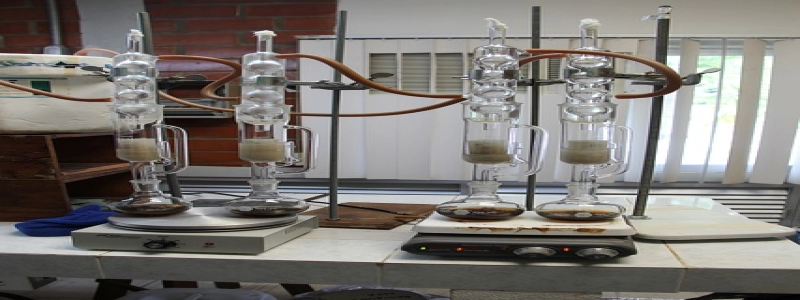Ethernet Specification
Введение:
Ethernet is a widely used networking technology that allows devices to connect and communicate with each other. It has become the de facto standard for local area networks (локальные сети) and has evolved over the years to support higher speeds and improved performance. В этой статье, we will explore the various aspects of Ethernet specification in a detailed manner.
1. Стандарты Ethernet:
Ethernet specifications are defined by the Institute of Electrical and Electronics Engineers (IEEE) in the IEEE 802 series of standards. The most commonly used standards for Ethernet include IEEE 802.3, which defines the physical and data link layers of Ethernet, and IEEE 802.1Q, which provides a mechanism for implementing virtual LANs (VLAN).
2. Физический слой:
The physical layer of Ethernet defines the physical medium over which data is transmitted. Ethernet supports various types of physical media, включая медные кабели с витой парой, оптоволоконные кабели, and coaxial cables. Each type of physical medium has its own specifications in terms of maximum cable length, data transmission rate, and connector types.
3. Канальный уровень данных:
The data link layer of Ethernet is responsible for framing the data into packets and performing error detection and correction. Ethernet uses a frame structure called Ethernet II, which consists of a header followed by the payload and a cyclic redundancy check (CRC) field for error detection. The data link layer also handles media access control using carrier sense multiple access with collision detection (CSMA/CD) mechanism.
4. Скорости Ethernet:
Ethernet specifications include various data transmission speeds, commonly known as Ethernet speeds. The original Ethernet standard supported a data rate of 10 мегабит в секунду (Мбит/с), which is now referred to as Ethernet 10BASE-T. С годами, Ethernet speeds have increased significantly, with the current standards supporting speeds such as 100Mbps (Быстрый Ethernet), 1 гигабит в секунду (Гбит/с) (Гигабитный Ethernet), 10Гбит/с (10 Гигабитный Ethernet), and even 100Gbps (100 Гигабитный Ethernet).
5. Ethernet Switching:
Ethernet switches play a crucial role in modern networks as they allow devices to connect with each other in a more efficient manner. Ethernet switches operate at the data link layer and use the MAC addresses of devices to forward packets within a network. They provide full-duplex communication, enabling devices to send and receive data simultaneously, while also improving network performance by eliminating collisions.
6. Ethernet Cabling:
Ethernet cabling is an integral part of Ethernet networks. The standard cabling used in Ethernet networks is twisted pair copper cables, which consist of pairs of insulated wires twisted together. The most commonly used twisted pair cabling for Ethernet is Category 5e (Cat5e) and Category 6 (Категория 6), which provide higher bandwidth and better performance compared to earlier versions.
Заключение:
The Ethernet specification defines the technical details and standards for Ethernet networks, including physical media, data link layer protocols, data transmission speeds, and cabling requirements. Understanding the Ethernet specification is crucial for network administrators and engineers to design and implement efficient and reliable Ethernet networks. Поскольку Ethernet продолжает развиваться, new standards are being developed to support faster speeds and accommodate the ever-increasing demands of modern networks.








